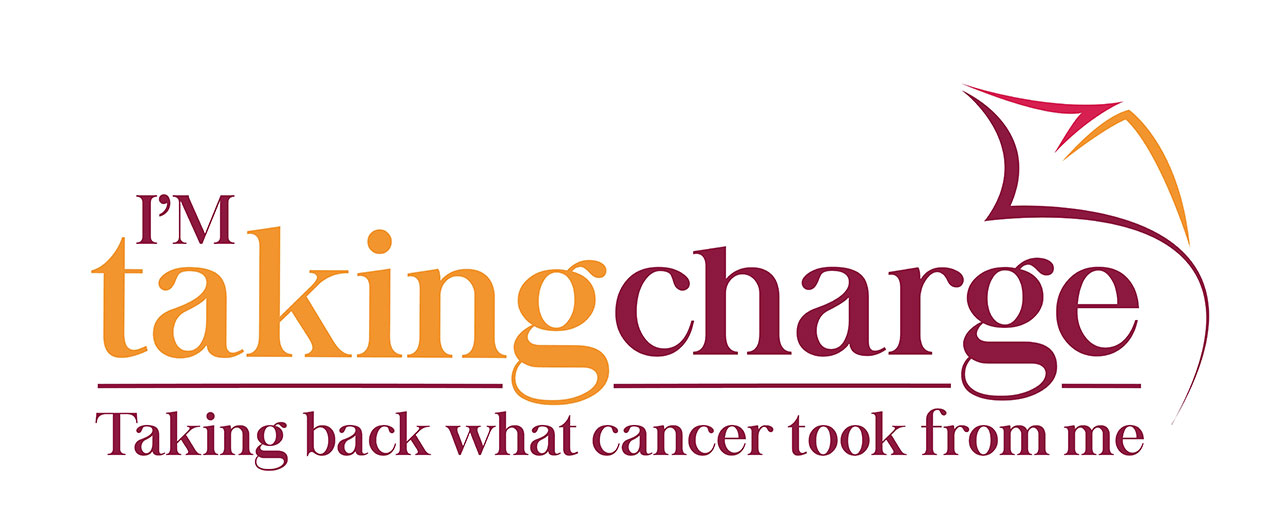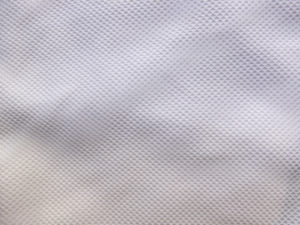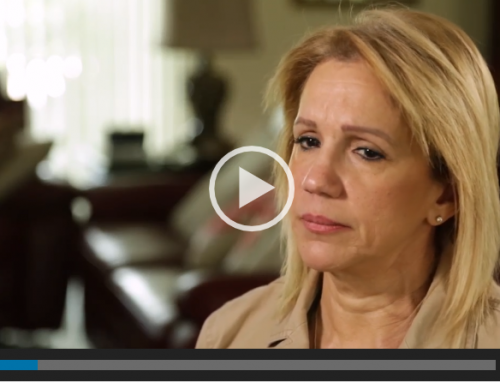When it comes to breast reconstruction, it is often difficult to get results that look exactly like what you were picturing. This is especially true if your surgeon will be using implants and/or tissue expanders. Many surgeons struggle to get the proper breast shape and soft tissue support during implant-based reconstruction. This is in part so they avoid complications, such as capsular contracture. However, medicine continues to advance. Medical products are being used in new ways that create more optimal results following such procedures. One such product is the acellular dermal matrix (ADM). Read on for an overview of ADM breast reconstruction.
What Are Tissue Matrices?
Acellular dermal matrices are soft tissue substitutes made from donated skin tissue. Most tissue matrices are made from human tissue. Some are made from cow or pig tissue. The cells of the donor are removed, while leaving behind a tissue framework. This framework allows the patient’s own skill cells to grow into the space. It also prevents the patient’s body from rejecting the donated tissue.
Tissue matrices have a long history in the medical field. For example, they’ve been used for years for breast augmentation procedures. They have also been used for reconstructive procedures for burn patients. Just over a decade ago, they became a popular component of breast reconstruction techniques. This was because they allow surgeons to create better results for women undergoing implant procedures.
There are several tissue matrix products currently on the market, which may be used for ADM breast reconstruction. Human ADMs include FlexHD®, AlloDerm®, and DermaMatrix™, while cow and pig ADMs include Strattice™, Surgimend®, and Permacol™. Most matrices come in a wide variety of sizes and thicknesses to ensure each individual patient’s needs are met.
How and When Are Tissue Matrices Used?
Tissue matrices may be used in immediate, delayed, or staged breast reconstruction procedures. However, they typically are used during implant breast reconstruction. Surgeons may also use a tissue matrix to improve the symmetry of the reconstructed breast or its natural partner. Creating the right shape and size using an implant can be a challenge. A tissue matrix may be used to fill in the areas that do not quite match the other breast. It may also be used to make the natural breast match the one with the implant.
Improving breast appearance is not the only reason that surgeons use tissue matrices. In cases when an implant or tissue expander is placed beneath the chest muscle, surgeons may find that a woman does not have enough muscle to cover the entire implant or expander. Typically, women will have enough muscle to cover the top of the expander or implant, but that leaves the bottom part without proper support. Tissue matrices are used to cover the rest of the implant and provide the support it needs.
Although ADM breast reconstruction is very useful for both improving appearance and providing extra support, it is not the only option. A woman may combine an implant and autologous reconstruction to give her reconstructed breast a more natural look. She may also have her other breast reduced in size and use the extra tissue to provide additional support to the implant in the reconstructed breast.
Surgeons may also use ADM breast reconstruction to prevent certain complications or fix various appearance problems resulting from implant reconstruction. One study reported a success rate of over 95 percent for revision procedures. The same study indicated a complication rate of under six percent. It also found that the need for additional surgery to correct various complications was much lower among women who had tissue matrices used to manage such problems as hardening (tissue encapsulation) around the implant.
Is ADM Breast Reconstruction Safe?
Over the years, numerous studies have investigated the use of tissue matrices in breast reconstruction. The aforementioned study focused upon complication rates. There have also been several reports of tissue matrices’ aesthetic outcomes and of their use in both implant breast reconstruction and tissue expander-based reconstruction.
Several studies have also compared techniques using tissue matrices with various other techniques, and have looked at how ADM affects postoperative radiation therapy.
If you would like to look at more scientific studies regarding the use of tissue matrices in breast reconstruction, please check this page. You will find an overview of several different studies on tissue matrices, along with a complete set of references if you would like to read the studies for yourself.









Leave A Comment